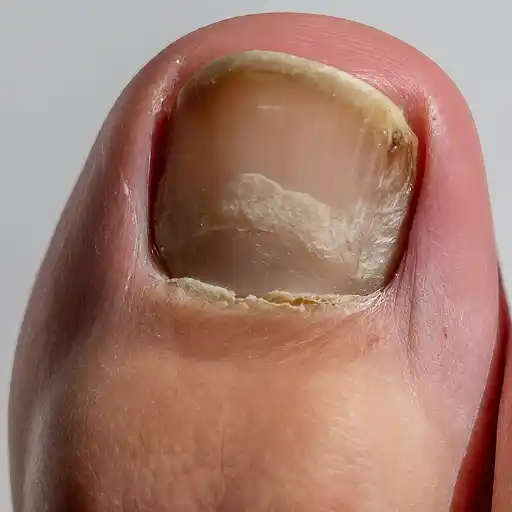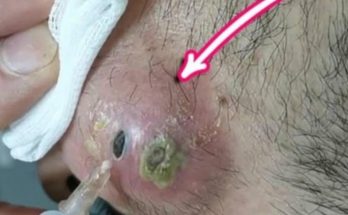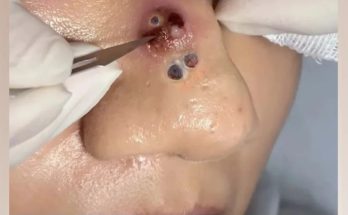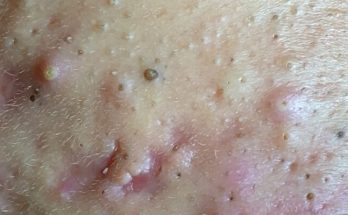
In this blog
- Nail Changes in Psoriasis: More Than Just a Cosmetic Concern
Nail Changes in Psoriasis: More Than Just a Cosmetic Concern
Psoriasis, an autoimmune condition known for its red, scaly patches on the skin, can also affect your nails. Nail changes in psoriasis not only impact the appearance of nails, but can sometimes be painful or uncomfortable as well. Therefore, it is essential to understand and identify these changes, their potential impact, and learn how you can treat them effectively.
What is Nail Psoriasis?
Nail psoriasis is a manifestation of psoriasis that affects fingernails and toenails. It occurs when the rapid skin cell growth associated with psoriasis extends to the nail matrix – the area where nails grow. This can result in a variety of changes in nail texture, color, and shape. While the exact etiology of nail psoriasis remains unclear, genetics, immunological, and environmental factors, often lead to the development of the disease.
Nail Changes in Psoriasis: Tell-Tale Signs to Notice
Nail psoriasis presents itself as changes in the look and feel of the nails. The common changes you may notice are:
Pitting
This is one of the most common and recognizable signs of nail psoriasis. It manifests as tiny depressions or dents on the nail surface, resembling the marks left by a pinprick. These pits can vary in size and depth, and they might appear on a single nail or multiple nails. Pitting occurs due to abnormal cell turnover in the nail matrix, leading to uneven nail growth.
Discoloration
Nail psoriasis can cause changes in nail color. The nails may turn yellow, brown, or white, and they may develop white spots or streaks. The discoloration results from alterations in the nail’s structure and blood flow beneath the nail bed. One specific type of discoloration seen in nail psoriasis is called ‘oil drop’ or ‘salmon patch’ discoloration, where a yellowish-red spot appears on the nail bed.
Onycholysis
This occurs when the nail plate separates from the underlying nail bed, usually starting at the tip or sides of the nail. Onycholysis can create a gap that may trap dirt and debris, increasing the risk of infection. It can also cause pain and discomfort, especially when using the affected fingers or toes.
Subungual Hyperkeratosis
In this condition, the skin beneath the nail thickens due to an excessive buildup of keratin, a protein that forms the nails. This buildup can cause the nail to lift, become discoloured, and accumulate debris under the nail plate. Subungual hyperkeratosis can also lead to pain and tenderness in the affected nail.
Crumbling or Brittle Nails
Nail psoriasis can weaken the nails, making them prone to crumbling, splitting, or breaking easily. This can interfere with daily activities and affect hand or foot function.
Ridging or Thickening of the Nail
The nails may develop ridges or lines that run vertically or horizontally across the nail plate. The nails can also become abnormally thick, making them difficult to trim and manage.
Other Changes
In addition to the above changes, individuals with nail psoriasis may experience pain, tenderness, or a feeling of tightness in the affected nails. In severe cases, the nails may become deformed or completely destroyed.
Impact of Nail Psoriasis
While nail psoriasis can significantly impact the appearance of your nails, it can also cause pain and discomfort. Nail changes can make everyday tasks like typing or buttoning clothes challenging. All of this may cause emotional distress impacting your self-esteem and social confidence. In severe cases, nail psoriasis can lead to difficulty using your hands or feet.
Treatment Options for Nail Psoriasis
Managing nail psoriasis can be challenging, but various treatment options are available, including:
I. Topical treatments:
Corticosteroid creams, ointments, or nail lacquers can help reduce inflammation and promote nail growth.
II. Systemic medications:
Oral medications or injections may be prescribed for moderate to severe cases.
III. Light therapy:
Exposure to ultraviolet light can slow down skin cell growth and help improve nail appearance.
IV. Biologic medications:
These newer drugs target specific parts of the immune system and can be effective for severe nail psoriasis.
V. Cosmetic treatments:
Nail buffing, filing, and manicures can improve the appearance of affected nails.
Living with Nail Psoriasis
Alongside medical treatments, there are several self-care practices that can help you manage nail psoriasis:
- Keep nails short and clean. Short nails are less prone to injury and infection.
- Avoid trauma to your nails. Wear gloves when doing housework or gardening.
- Moisturize your nails and cuticles regularly. This will help in preventing dryness and cracking.
- Avoid chemicals like nail polish removers and other harsh chemicals as they can worsen your symptoms.
Final Thoughts
Nail changes in psoriasis can be a significant source of physical and emotional distress. However, seeking prompt medical attention from a dermatologist and indulging in consistent self-care practices can lead to effective treatment and management of nail changes in psoriasis.
As your nails are a reflection of your overall health, do pay attention to them and seek your doctor’s advice to overcome this not-so-pleasing health concern.
Want to buy affordable medicines and healthcare products but don’t know where to buy from? Check out our Dawaa Dost website where we make quality and affordable medicines accessible to all!
Sources:
National Psoriasis Foundation – Nail Psoriasis
American Academy of Dermatology Association – Nail Psoriasis




Your article helped me a lot, is there any more related content? Thanks!
Your point of view caught my eye and was very interesting. Thanks. I have a question for you.